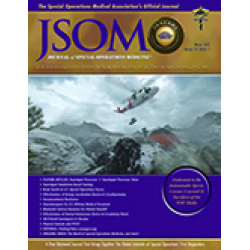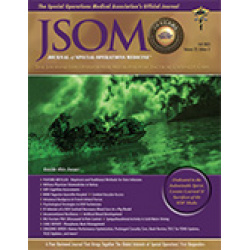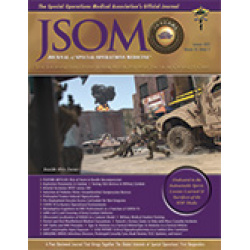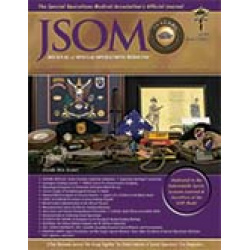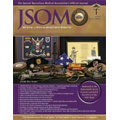Latest Products
Telementorship in Underway Naval Operations: Leveraging Operational Virtual Health for Tactical Combat Casualty Care
21(3). 93 - 95 (Journal Article)
Background: Virtual health (VH) may enhance mentorship to remote first responders. We evaluated the feasibility of synchronous bidirectional VH to mentor life-saving procedures performed by deployed novice providers. Methods: Video teleconferencing (VTC) was established between the USNS Mercy (T-AH 19) underway in the Pacific Ocean to Naval Medical Center San Diego using surgeon teleconsultation. The adult simulated clinical vignette included injuries following a shipboard explosion with subsequent fire. The pediatric simulated vignette included injuries that resulted from an improvised explosive device (IED) blast. Using VTC, augmented reality (AR) goggles, and airway simulation equipment, corpsmen (HMs) received visual cues to perform advanced life-saving procedures. Results: In adult scenarios, 100% of novice hospital HMs performed tasks on first attempt (n = 12). Mean time for tourniquet placement was 46 seconds (standard deviation [SD], 19 seconds); needle thoracostomy, 70 seconds (SD, 67 seconds); tube thoracostomy, 313 seconds (SD, 152 seconds); and cricothyroidotomy, 274 seconds (SD, 82 seconds). In pediatric scenarios, 100% of novice HMs performed tasks on first attempt (n = 5). Mean time for tube thoracostomy completion was 532 seconds (SD, 109 seconds). Conclusion: VH can enhance the training and delivery of trauma care during prolonged field care in resource-limited settings.


 Español
Español 